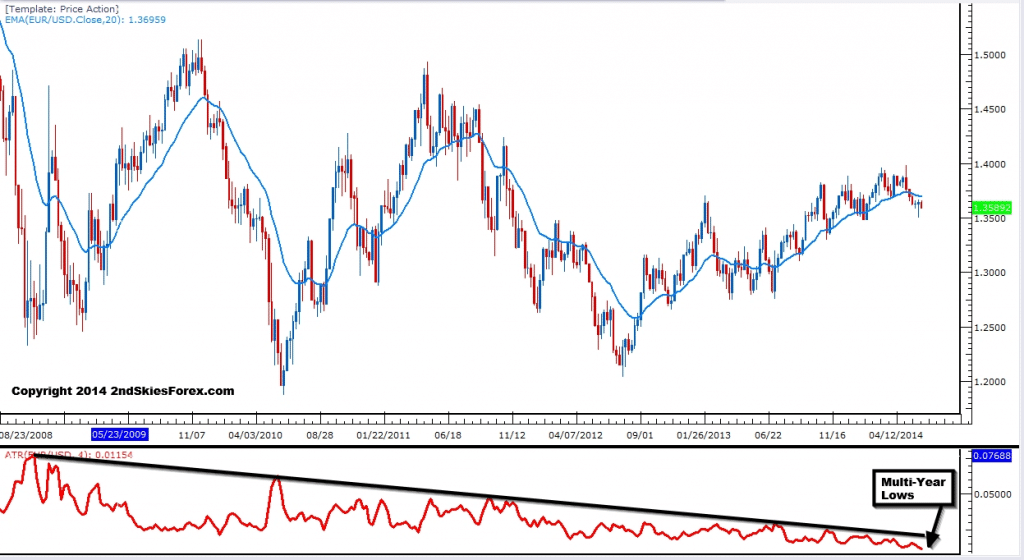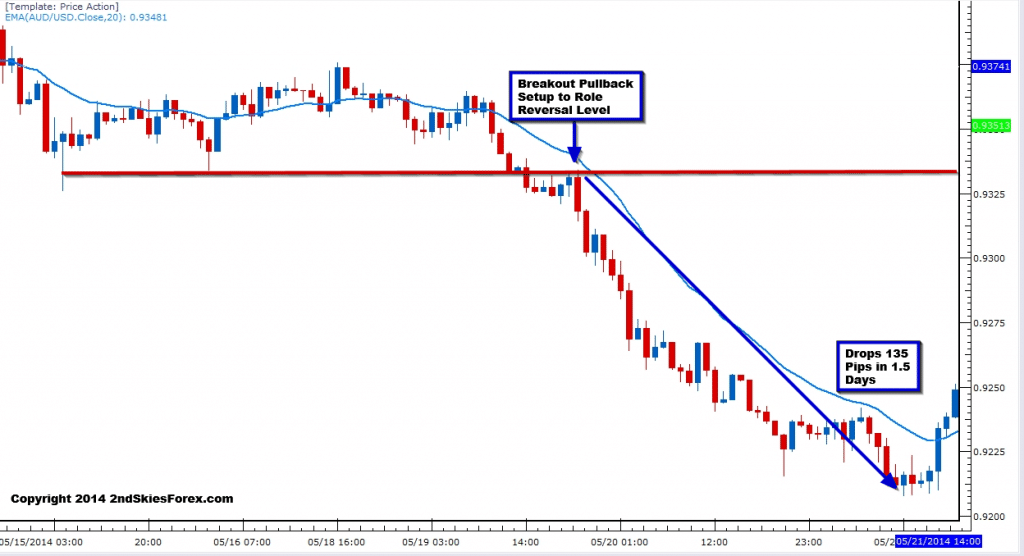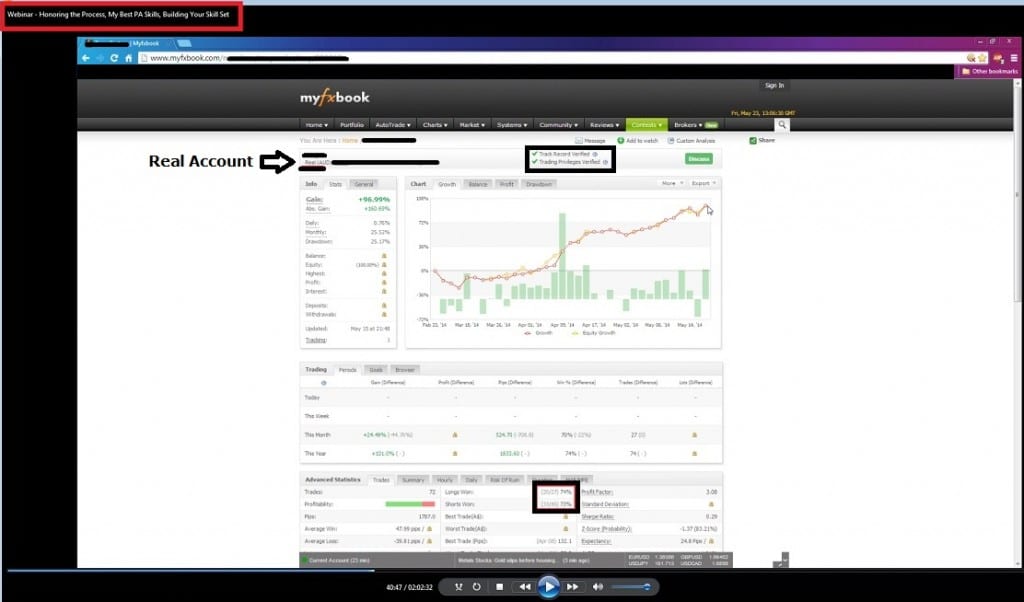This is part 3 of a 4 part series. Listen to the last one here: Don’t Fight or Trade Like This, or if you missed the previous one, checkout The Blind Entry (How It Will Leave You Trading Blind)
I’ve shown over the last few content pieces how the idea of confirmation in price action is an illusion. This video demonstrates that when retail traders are getting in the market, professional traders are already in profit.
Here’s the transcript for the video:
“Hello, traders here.
Chris Capre, 2ndskiestrading.com.
So I’ve recently shown over the last few content pieces how the idea of confirmation in price action is an illusion and it’s not what professional traders are looking to enter the market.
I’ve also shown how entering on a 50% retrace tweak entry on a pin bar is a sub-optimal or retail entry.
I think it can be easily said that when retail traders are getting in the market, professional traders are already in profit.
This video further demonstrates this about the pin bar entries, such as the 50% retrace entry, or the sell on break being also a retail or sub-optimal entry.
Now, I’m going to use an example here from a live trade I’m in right now and this is one that I’ve discussed in my members trade setups commentary in the price action course.
So, I sold right at this resistance level.
I felt like we’re still in a range type structure and that if the market protruded up to this resistance right over here, that sellers or offers would enter the market and push the pair back down.
And that is exactly what happened. So I got in at 1.4975 and literally it was about 6 pips off the intraday high.
And so I put a stop just above these little wicks right over here, particularly this one here, which left me with a 30 pip stop.
Now, I’d like to compare this entry versus the 50% retrace entry or sell on break so that you can see the differences.
Now, going to another chart here, first off using the 50% pullback entry here, you would’ve missed this trade completely.
So according to the faux authorities on price action, particularly Nial Fuller, the next entry would be the sell on a break of the lows here.
In fact, pretty much every other person who teaches the cut and paste or carbon copy version of price action that you see out there, especially around the pin bar, would all say you either sell on a retrace or you sell on a break of the lows.
Now, this gives you a much worse entry, and about as late or a retail entry as you could possibly get. So that puts you in at about 1.4943, roughly.
Now, assuming in most cases we’re going to have the same stop, just above this here, most of the time we’re gonna have the same stop on the same type of entry.
You are going to need a 70 pip stop compared to my 30 pip stop which is at 1.5003. So you need 70 pips, I have 30.
Now, just from a risk to reward perspective, when you are hitting +70 pips or +1R which would put you at 1.4863, that’s right about… that’s actually below the intraday lows.
So this right here is your intraday, that would be your +70 pips or your +1R.
When you are hitting your first +1R, my entry at 1.4975 is up already 112 pips, is at +4R. So now the moment you’re getting your first R, I’m already up 4 times that.
In fact, by the time your entry in the market right here at 1.4933 which is a pretty razor sharp entry if you’re selling on break, I’m already up +40 pips from my 1.4975 entry. Or in this case, +1.33R.
Again, coming back to the perspective that it is
“more often a professional is already in profit when a retail trader is entering the market”
you can see the differences quite clear here between the two entries.
But let’s play a little fantasy here. Let’s say that the market pulled back magically to your 50% level perfectly.
Let’s say you got the absolute highest uptick on the pullback. The best possible entry in the trade. It just happened to go there. That would be 1.4958.
Now, again, assuming most of the time we will have the same stop loss placement, your stop loss is 47 pips if you put it at 1.5003 whereas mine is still 30.
So when you are hitting your first +1R at 1.4910 which is right about here, there, so when you’re hitting your first +1R, at 1.4910, I’m already up 65 pips or +2.16R.
So, with that being said, it should be very clear, especially with all the other content I’ve posted before this, it should be very very clear the differences between a professional trader’s entry and a retail entry, especially being offered by the faux authorities on price action.
If you want to continue to have sub-optimal retail entries, then you can use the 50% retrace entry.
But if you want an entry location that gives you better accuracy and a higher +R per trade, many times double the +R available, then you’ll want to adjust your entry method.
And this is what I teach in my price action course, particularly how to get plus high R trades like this.
Now, if you found this video lesson useful, please make sure to like, share and tweet it below, and I’d love to hear from you what “a-ha” moments you have from this video.
So please come over to see this video on my website as well at 2ndskiestrading.com where all the discussion is happening and leave your comments there.
But thank you for watching this video, again my name is Chris Capre at 2ndskiestrading.com, where I teach you how to increase the way you trade, think and perform.”
Now that you’ve seen the video and had a chance to analyze the two methods and how they perform differently, which one wins?
What do you think? Please share and comment below.
This is part 3 of a 4 part series. Listen to the next one here: Don’t Fight or Trade Like This, or if you missed the last one, checkout The Blind Entry (How It Will Leave You Trading Blind)





